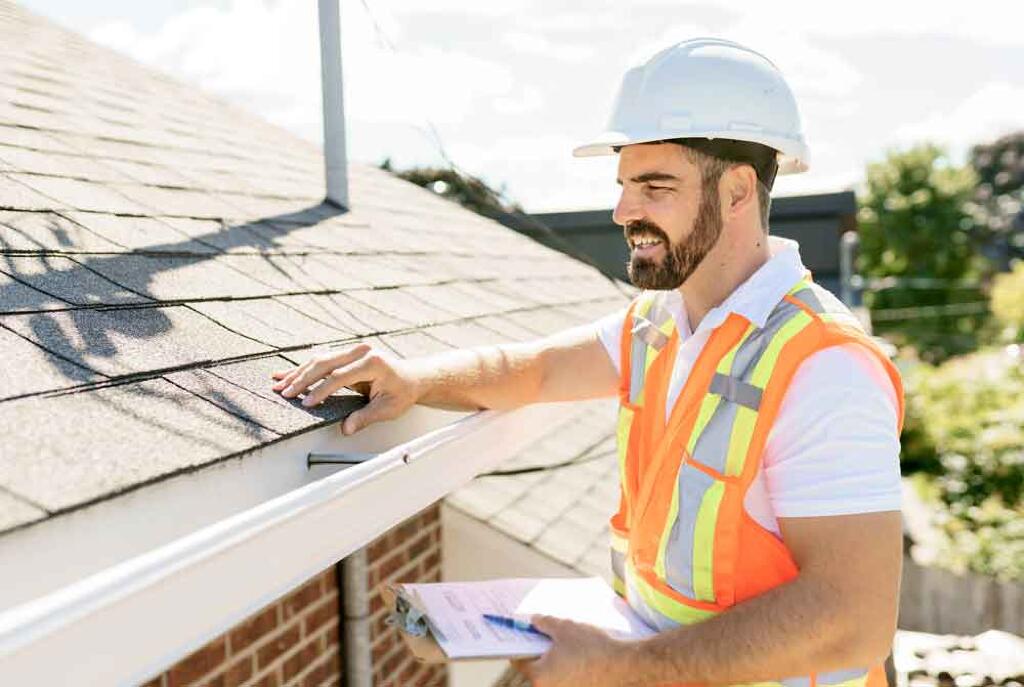
A roofing inspection plays a crucial role in maintaining the integrity of your home. It ensures that your roof is in good condition, prevents potential issues, and extends its lifespan. Whether preparing for seasonal changes or considering roof repairs, understanding what to expect during this process helps you stay informed and prepared. We will explore the steps involved, the areas inspected, and the importance of these assessments. By knowing what happens during a roofing inspection, you can make better decisions to protect your investment and ensure your home’s safety.
Comprehensive Evaluation of the Roof’s Exterior
During a roofing inspection, the exterior is the primary area of focus. Fortitude Roofing inspector will examine the shingles, tiles, or other roofing materials for any visible signs of damage, such as cracks, curling, or missing pieces. These issues can lead to leaks and structural problems if not addressed promptly. They also look for discoloration or algae growth, indicating moisture retention or inadequate drainage. The flashing, which seals roof edges, valleys, and joints, will be checked for corrosion or gaps that could let water seep in. Additionally, the inspector will assess the gutters and downspouts, ensuring they are clear of debris and functioning properly to direct water away from the roof.
Another critical aspect of the exterior inspection is the condition of roof penetrations, such as chimneys, skylights, and vents. The seals around these structures are examined for wear and tear, as these areas are particularly susceptible to leaks. The inspector may also check for sagging sections of the roof, which could indicate underlying structural issues. By thoroughly evaluating the roof’s exterior, the inspector gathers crucial information about the roof’s overall health and identifies any immediate concerns that need attention.
Detailed Assessment of the Interior and Structural Components
While the exterior inspection provides valuable insights, the interior inspection is equally important. Inspectors typically examine the attic or top floor of the home to identify signs of roof damage that might not be visible from the outside. They look for water stains, mold, or mildew on the ceiling and walls, often indicating leaks or insufficient ventilation. Proper airflow in the attic is essential to prevent moisture buildup, which can compromise the roof’s structure and insulation.
The interior inspection also includes evaluating the roof’s structural framework. The inspector will look for signs of sagging beams, cracks in the support structures, or areas where the roof deck might be compromised. These issues could point to underlying problems that, if left unaddressed, could lead to significant repair costs. Inspectors may also assess the insulation levels in the attic to ensure they meet energy efficiency standards, as poor insulation can lead to temperature imbalances and strain on the roof.
A roofing inspection examines the interior and structural components to understand the roof’s condition comprehensively. This dual approach ensures that no potential problem is overlooked, allowing homeowners to address issues proactively and maintain the safety and longevity of their roofs.
Why Roofing Inspections Are Essential
Roofing inspections are not merely about identifying problems; they are a proactive measure to protect your home and investment. Regular inspections help detect issues early, often before they escalate into costly repairs or replacements. For example, a minor crack in the flashing or a missing shingle might seem insignificant. Still, these small problems can lead to leaks, water damage, and even structural compromise over time. By catching these issues early, homeowners can address them promptly and prevent more extensive damage.
Moreover, inspections are invaluable for maintaining a roof’s warranty. Many manufacturers require regular inspections to keep warranties valid, as neglecting maintenance can void coverage. Additionally, for homeowners planning to sell their property, a documented history of regular roofing inspections can increase buyer confidence and potentially raise the home’s market value.
Another benefit of inspections is their role in preparing for severe weather. Inspectors can identify areas vulnerable to storms, high winds, or heavy snow and recommend reinforcements to mitigate risks. This preparation ensures the roof can withstand challenging weather conditions and protects the home’s interior. Overall, roofing inspections are critical to home maintenance, offering peace of mind and long-term savings.
A professional roofing inspection is essential in maintaining your home’s safety and value. Inspectors identify potential issues, recommend solutions, and provide valuable insights into your roof’s condition by thoroughly evaluating the exterior and interior components. Regular inspections help prevent costly repairs and ensure your roof is prepared to handle the elements. Understanding what to expect during this process empowers homeowners to take proactive measures to protect their property and make informed decisions about roof maintenance. With the knowledge gained from these inspections, you can ensure your home remains safe, secure, and well-maintained for years.